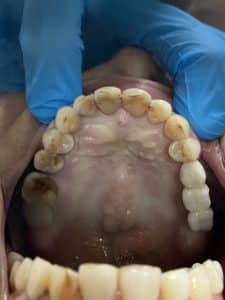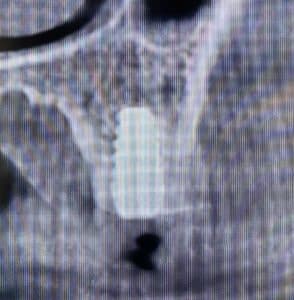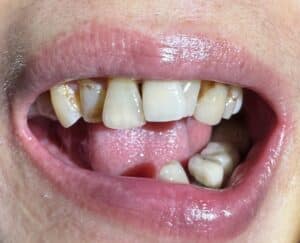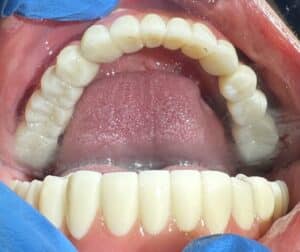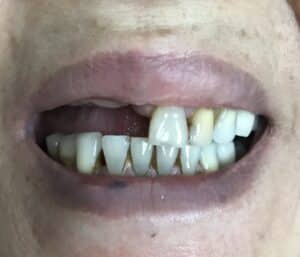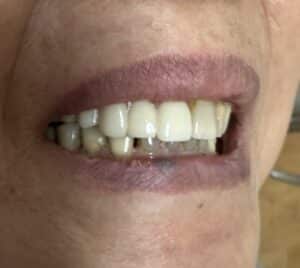Case Details
*Graphic Image Below* A patient wishes to upgrade to a full-arch fixed implant prosthesis after 2 of his natural teeth in the front of the mouth have been broken. The patient currently has 3 dental implants that had been recently placed but now wishes to improve on his smile and function. All of the upper teeth are extracted with the exception of 2 molars in the rear. The 6 implants are immediately placed free-handedly after the extractions without making any incisions with the exception of implant #2 which is placed using one small single incision. In addition, no flaps are created for the purpose of minimizing further bone loss, decrease post-operative pain & discomfort, and substantially shortening the healing time which increasingly occurs when flaps are created in order to expose the bony alveolar ridge to enlarge on visibility and accessibility. A full-arch fixed implant prosthesis of classification FP-1 is intended for this case where only the teeth are to be replaced. The other classification types are FP-2 where only the teeth are to be replaced as well but due to the minimal bone loss supporting the teeth, the teeth will be made elongated or appear “stretched” to compensate for this loss of bone. Lastly, the classification of FP-3 is where the teeth and now also the gums are replaced due to the greater amount of bone loss supporting the teeth.
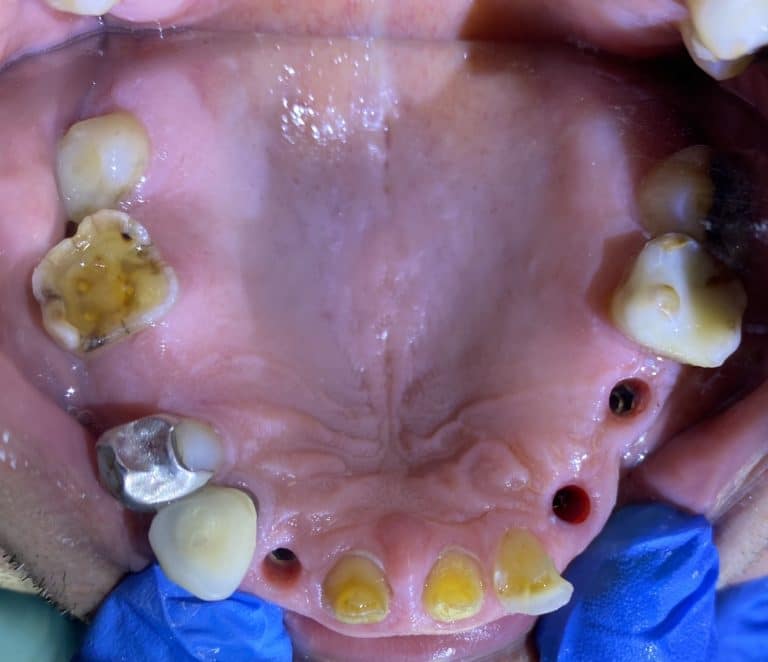
Before
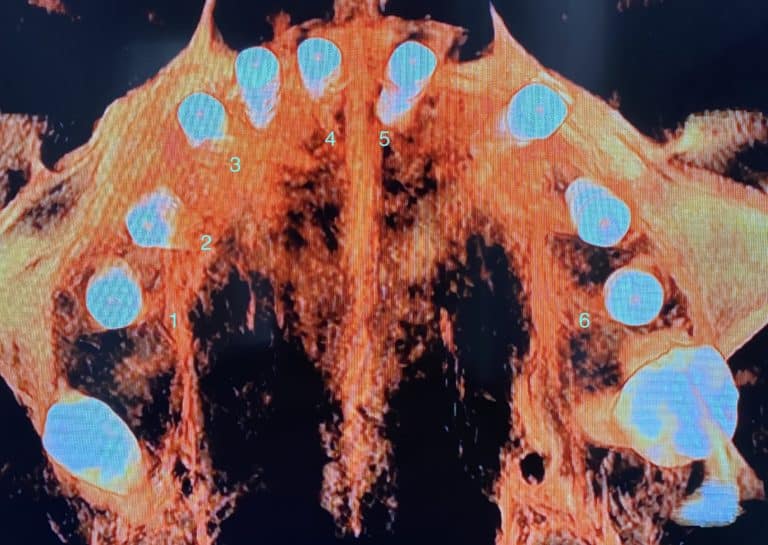
After
Before
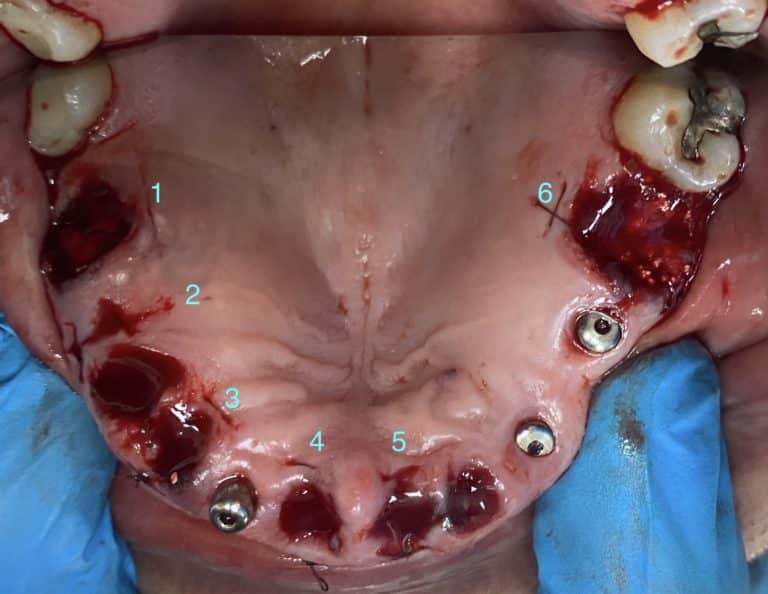
After
Before
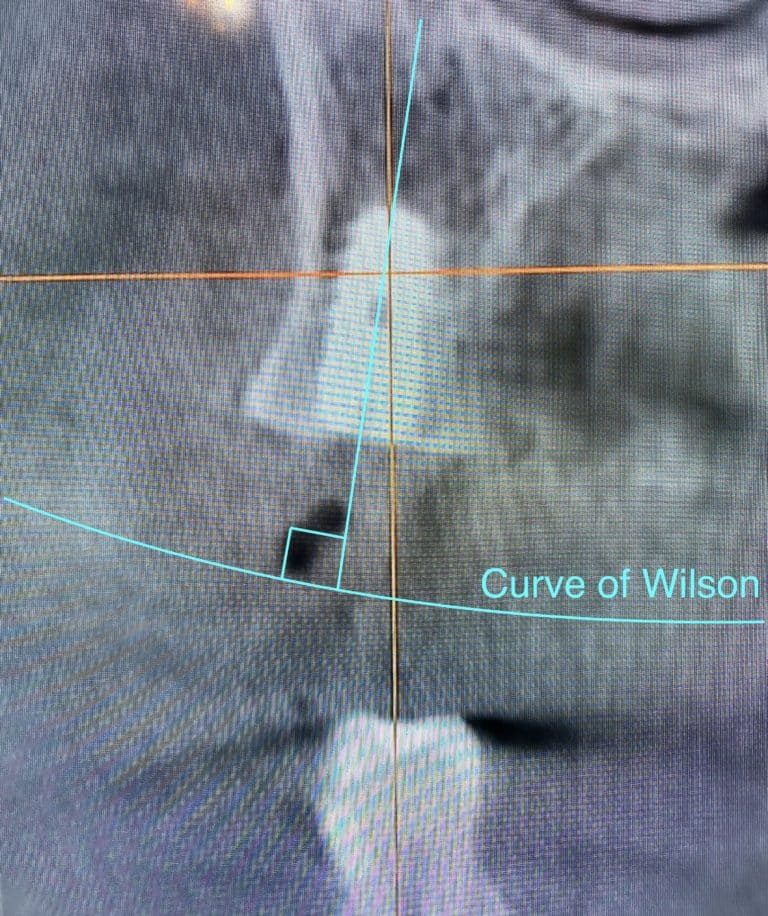
After
Description: The implant labeled #2 is placed using a single and small (minimally invasive) incision with no flap reflection. It is always desired to place the long axis of the implants perpendicular to the Curve of Wilson (the natural curvature line in the posterior occlusal plane). All dental implants should be placed accordingly and should not deviate by more than 15 degrees on this coronal plane UNLESS they are connected (splinted) to other dental implants in the same arch.

